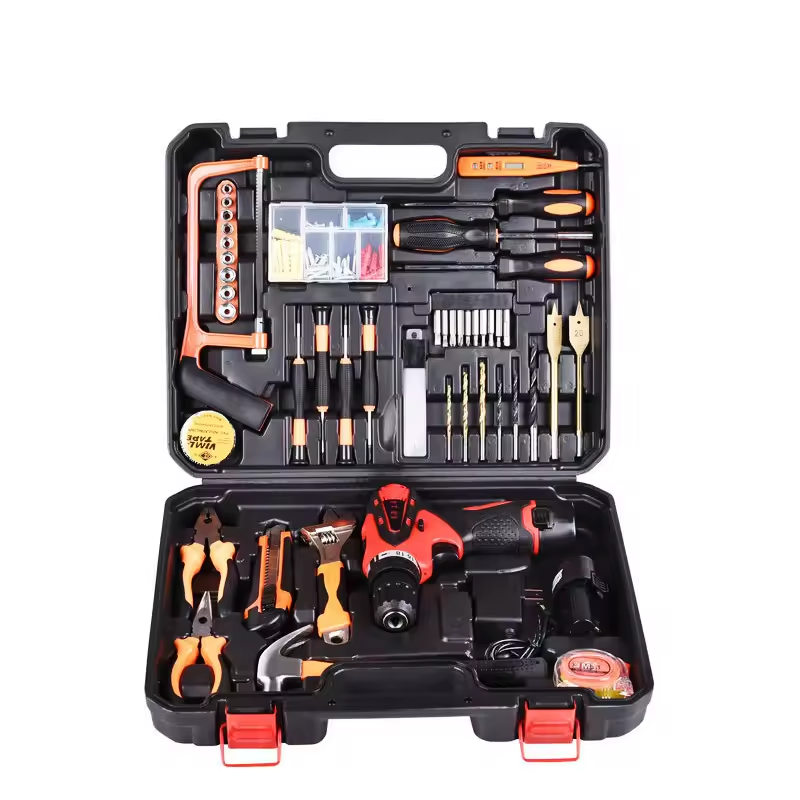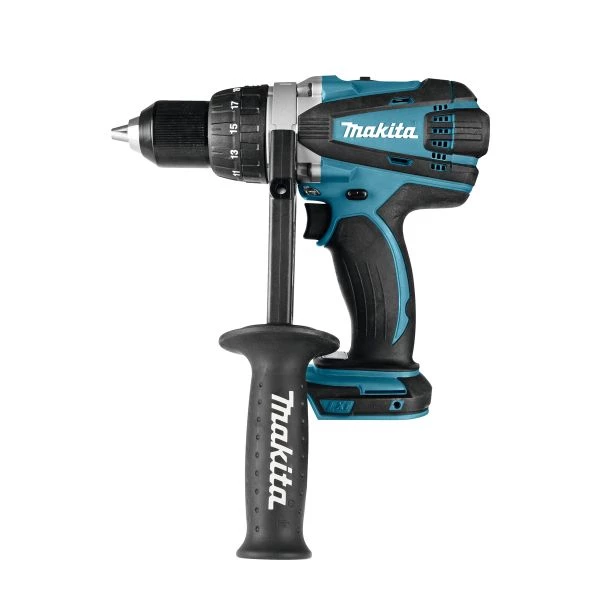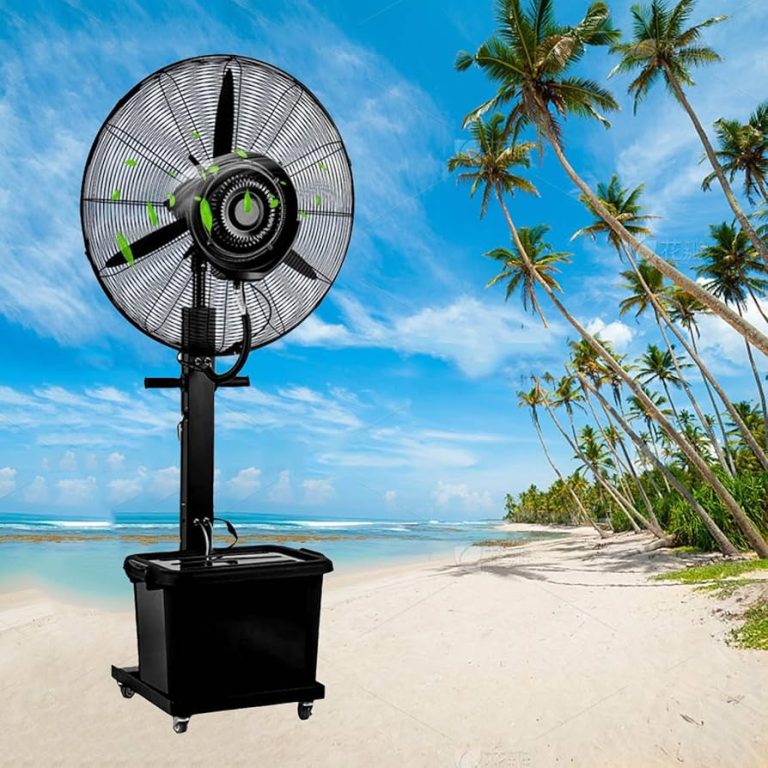
Navigating Power Tool Battery Compatibility
Introduction to Power Tool Battery Interchangeability
Power tool users often ask, ‘What power tool batteries are interchangeable?’ This question is critical. Interchangeable batteries can save time and money. But, the reality of battery interchangeability is complex. Not all batteries work across different brands or models. What power tool batteries are interchangeable? Manufacturers design batteries for specific power tools. This guide reveals what you need to know about battery compatibility.
First, let’s clear up a common mistake. Even if batteries look similar, they may not be compatible. Specific technical elements dictate compatibility. These include voltage, amperage, and connection types. Beyond looks, these elements ensure safe and effective tool operation.
Many brands now boast about their own ‘universal’ battery platforms. These platforms allow battery use across multiple tools within the same brand. Yet, across different brands, this is rare. The importance of understanding your power tools’ battery requirements cannot be overstated.
The mistake of using an incompatible battery is risky. It can damage the tool or the battery. It can also void the warranty or pose a safety hazard. This guide aims to inform you about these risks. It also provides practical tips to manage your power tool batteries wisely.
In conclusion, whether you’re a DIY enthusiast or a professional tradesperson, clear knowledge of battery interchangeability is essential. This knowledge will maximize your power tools’ performance and lifespan. Keep following to learn about brand-specific systems and how they impact battery compatibility.

Understanding Brand-Specific Battery Systems
Understanding brand-specific battery systems is pivotal for any power tool user. What power tool batteries are interchangeable? Each major power tool brand has developed its own proprietary battery platform. These platforms are tailor-made to fit and function seamlessly with their specific tool lineup. Consequently, they often cannot be used with tools from other brands due to differing shapes, sizes, and electronic configurations.
For example, Dewalt batteries are designed for Dewalt tools exclusively. This ensures optimal performance and safety when using the tool. The same goes for other renowned brands such as Milwaukee, Bosch, or Makita. Each company has its unique design and technical requirements that determine how their batteries interact with their power tools.
One advantage of brand-specific systems is the reassurance of quality and compatibility. When purchasing a battery for a particular set of tools, you know that it will work as intended without any compatibility issues. This design aims to maintain a high standard of operation and safety.
However, this approach also has drawbacks. It can limit flexibility for the user and sometimes results in higher costs. If you’re invested in multiple power tool brands, you may find yourself managing several different sets of batteries and chargers, which can become cumbersome and expensive.
Brands do offer a range of batteries within their own systems, providing some level of interchangeability. This means that within the same brand, you might be able to use the same battery for a drill, a circular saw, and a flashlight, assuming they are all compatible with the battery platform.
In conclusion, when choosing power tools and batteries, it is important to consider both the performance benefits and the potential limitations of brand-specific battery systems. By doing so, you can make informed decisions that suit your particular needs and preferences in tool selection and battery management.
Universal Battery Platforms Within Brands
In the realm of power tools, some brands have developed universal battery platforms. These systems allow users to switch the same battery among various tools within the same product line. For example, the INGCO P20S platform demonstrates this versatility. It lets users operate drills, drivers, and blowers with a single battery type.
Utilizing such universal platforms offers several benefits. It simplifies battery management and reduces the need for multiple chargers. Additionally, it can significantly lower costs as one battery serves multiple tools.
However, users must remember that this interchangeability often remains restricted within the brand. While one brand’s universal system might work seamlessly across its product range, these batteries will likely not function with another brand’s tools.
When investing in a power tool system, consider the range of tools you plan to use. Check if the brand offers a universal battery platform that suits your needs. This approach ensures that you maximize both convenience and efficiency in your operations.

Technical Differences That Affect Battery Compatibility
When exploring power tool batteries, we must consider technical differences. These are vital for understanding which batteries are interchangeable. Let’s break down these differences.
Voltage and Power Requirements
Power tools require specific voltages for safe and optimal operation. For instance, an 18V drill needs an 18V battery. Using a battery with a higher or lower voltage can be dangerous and may damage the tool.
Cell Type and Energy Capacity
Batteries contain different types of cells, like Lithium-ion or NiCd. Each type has a distinct energy storage capacity. These factors affect how long a battery can power a tool before needing a recharge.
Physical Shape and Size
Battery shapes and sizes vary across brands and models. An incorrect fit can prevent a battery from locking in place, rendering it useless for that tool.
Connection Interfaces
The connectors on batteries and tools must match. Otherwise, power cannot transfer from the battery to the tool properly.
Electronic Communication
Modern batteries and tools often communicate electronically. They use chips to manage power flow. Differences in electronic communication can cause incompatibility.
Brand-Specific Technologies
Some brands include proprietary tech in their batteries. This tech ensures that only their batteries work with their tools.
By understanding these technical differences, you can better gauge battery compatibility. Always consult your tool’s manual or the manufacturer for guidance. This approach helps avoid the risks associated with using incompatible batteries.
The Risks of Using Incompatible Batteries
Using the wrong batteries in power tools can cause serious problems. When a battery is not designed for a specific tool, it can lead to several risks that could affect both the user and the tool itself.
Safety Hazards
Incompatible batteries can create safety issues. For example, they can overheat, leading to burns or fires. A mismatched battery may also cause electrical shorts. Such events can harm users and bystanders.
Tool Damage
A battery that doesn’t fit right can damage the power tool. Wrong voltage or amperage can strain the tool’s motor. This can lead to poor performance and brief tool life.
Voided Warranty
Using non-approved batteries often voids tool warranties. If a problem occurs under such conditions, manufacturers may not cover repairs or replacements.
Reduced Performance
An incompatible battery can result in weak tool function. The tool might perform poorly or run out of power quickly. This can make tasks slow and increase frustration.
Extra Costs
Using the wrong battery can lead to more expenses. Damaged tools need fixing or replacing. Lost productivity and extra repairs can hit your wallet hard.
Summary
Using the correct battery for your power tools is critical. Avoid the pitfalls of mismatched batteries. Stick to the right batteries to stay safe, protect your tools, and save money in the long run.

Tips for Managing Power Tool Batteries
Managing power tool batteries is crucial for their longevity and performance. Here are some actionable tips:
Choose the Right Battery
Always select the battery specified by your tool’s manufacturer. This ensures compatibility and safety.
Read Manuals and Labels
Check the manual or labels on your tools and batteries. They provide vital usage and care information.
Charge Accordingly
Only use the charger that comes with your battery. Mismatched chargers can harm your battery’s lifespan.
Maintain Regularly
Clean battery contacts regularly, and store batteries in a cool, dry place when not in use.
Monitor Battery Life
Be aware of your battery’s life span. Most power tool batteries last several years before needing replacement.
Recycle Properly
Dispose of old batteries at designated recycling centers. This protects the environment and follows proper protocols.
Purchase Wisely
Invest in batteries from reputable brands. They offer reliable performance and often come with warranties.
Stay Updated
Keep an eye out for updates on battery technology. New advancements may offer better performance.
Keep Spares Handy
Having spare batteries can prevent downtime. Spares let you continue working while others charge.
By following these tips, you can extend the life of your power tool batteries and maintain their efficiency. Proper management can also prevent unnecessary costs linked to early battery replacement or damage to your tools.

Modifying Batteries for Cross-Brand Use: Pros and Cons
Many power tool users get creative when it comes to battery use. Some modify batteries to fit different brands. This means changing the battery’s shape or altering its connectors. Here’s what you need to know about the pros and cons of doing this.
Pros of Modifying Batteries
- Cost Savings: Modifying batteries can save you money. You won’t need to buy new batteries for every tool you have.
- Flexibility: Battery modifications can give you more freedom. You can use the same battery for different brand tools.
- Convenience: Having a modded battery can be handy. You don’t have to carry multiple batteries for different tools.
Cons of Modifying Batteries
- Safety Risks: Mods may cause batteries to overheat or short circuit. This can lead to fires or injuries.
- Warranty Void: Changing a battery can void its warranty. Any damage may not be covered by the manufacturer.
- Tool Damage: Incorrect modifications can damage power tools. This can mean costly repairs or replacements.
- Performance Issues: Altered batteries may not perform well. They can make the tool run slower or reduce its power.
Conclusion: Modifying Batteries
Modifying batteries has its upsides, like saving costs. But the risks are significant. It’s often safer and smarter to use the correct battery for each tool. Always weigh the pros against the cons before making any modifications.
Conclusion: Making Informed Choices on Battery Use
When it comes to power tool battery use, making informed choices is crucial. Here’s a summary of key takeaways:
- Know Compatibility: Not all batteries are interchangeable. Check with manufacturers for compatibility.
- Use Brand-Specific Systems: Stick to batteries designed for your tools to ensure safety and performance.
- Leverage Universal Platforms: Brands often offer batteries that work with multiple tools within their line-up.
- Consider Technical Specs: Voltage, capacity, and connector types affect compatibility. Match them correctly.
- Weigh the Risks: The wrong battery can cause safety issues and damage tools.
- Read and Follow Guides: Manuals offer important information on proper use and care.
- Maintain Batteries: Regular care prolongs battery life and prevents performance loss.
- Avoid Mods: Modifying batteries can void warranties and pose risks. Best to avoid.
- Make Smart Purchases: Choose reliable brands and think long-term for battery investments.
- Stay Updated: Technology changes. Keep abreast of new developments for potential upgrades.
By adhering to these guidelines, you can make the most of your power tools while keeping safety as a priority. Always prioritize proper use and compatibility, and when in doubt, consult experts or seasoned users within the power tool community.

